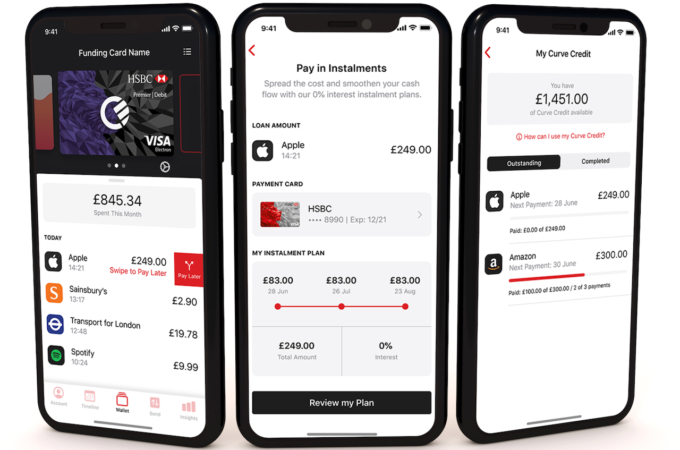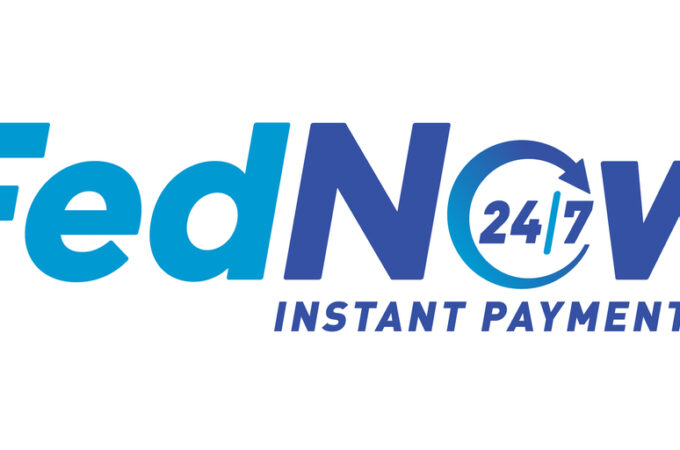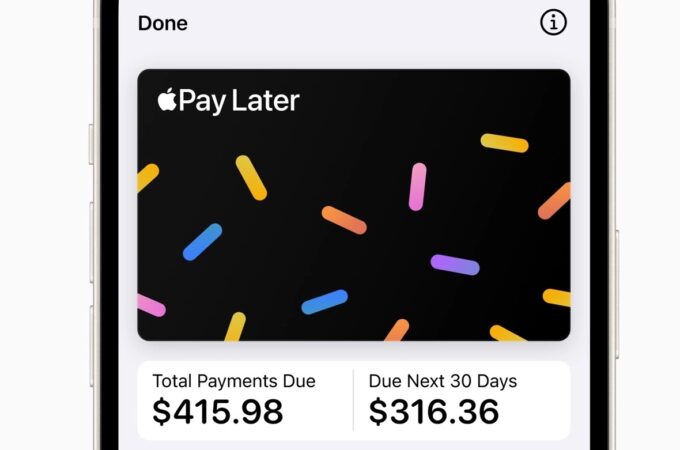Fintech and Traditional Banks: The Beginning of a Beautiful Friendship
By Tom Villante for Lets Talk Payments
Today’s technology-led companies are intent on disrupting industry after industry, abolish decades of profitable business models and force cash cows out of business. Competition with Netflix busted Blockbuster. Borders bombed as consumers move online to buy books from Amazon. And Tower Records fell to the basement when they couldn’t compete with iTunes.
When it comes to FinTech, Jamie Dimon, Chairman and CEO of JP Morgan Chase, recently stated that “Hundreds of startups with a lot of brains and money are working on various alternatives to traditional banking.” Visa’s CEO also just threatened to go after PayPal “in ways that people have never seen before.”
Many people believe, including myself, that FinTech is just scratching the surface of what is possible. In the US, FinTech investment grew threefold from $3.4 billion in 2013 to $9.9 billion in 2014. The same report outlines where the investment funds are flowing: 54% invested in payments technologies, 25% went to startups and the remaining 21% spread across financial services.
With this in mind, the question on the table is obvious: Are traditional banks and financial service companies really at risk?
The simple answer is no. Be assured, traditional banks and financial service companies are not going to succumb to the same fate as Blockbuster, Borders or Tower Records. And it’s not because they are too big to fail – it’s because traditional banks and financial service companies are the very foundation of our economy and provide the vital financial infrastructure that all companies in the space need to grow. The simple fact is that FinTech needs this fertile-soil infrastructure to flourish. Traditional banks, therefore, will likely benefit from the rise of FinTech because most FinTech companies and startups will need to partner with the establishment to utilize the existing financial infrastructure and build on their rails to launch new business models and create new revenue streams.
Working together
Although many FinTech companies are delivering disruptive innovations to the market, they still rely on traditional financial infrastructure, like credit cards or ACH rails. In the case of payments, we may be building innovative platforms to that deliver speed, choice, options and scale, the real bottom line is that the existing infrastructure is a prerequisite to process payments. As payments companies continue to iterate and innovate on their proprietary platforms, it is a reasonable assumption that all players will benefit – from consumers to platforms, from banks to credit card companies.
Today, FinTech companies and traditional banks/financial service companies are already collaborating and building mutually beneficial partnerships. For example, Goldman Sachs supports Symphony, which develops a secure way for sell-side and buy-side firms to collaborate while staying compliant. Blend Labs works with banks and financial institutions to develop a more efficient underlying technology for mortgage lending. BBVA Compass has teamed up with OnDeck to offer loans to small businesses that would not otherwise qualify for bank credit.
Peer-to-peer lending is not likely to steal a banker’s lunch either. Lending startups offering more direct competition to traditional finance are still relatively small. For example, while credit marketplaces such as Lending Club, Prosper, Loan Now and others arranged over $9 billion in loans, this is still nickels and dimes contrasted with the $885 billion total US credit card debt.
FinTech companies focused on consumer credit are launching with innovative and interesting technologies. For example, SoFi is now using big-data algorithms and third party data to make lightning-speed credit decisions on mortgages – often with better results – and offering the consumer an approval in minutes as opposed to weeks.
Silicon Valley is also leading the way in creating best-in-class online user experiences and simple apps that can do complex things. For example, WiseBanyan replaces financial advisors with a free online tool that makes it a snap for people to invest. Ultimately, it’s a win/win/win scenario – tech companies, traditional banks and consumers will benefit from a simpler, more rewarding user experience.
Build, buy or partner?
All of these significant, nascent start-ups are a virtual test tube of new platforms, technologies and business models — and those that emerge as leaders may become prime acquisition targets and/or partners with the traditional banks and financial service companies. With the ability to scale globally – possibly faster and more efficiently – due to their existing customer base and infrastructure, traditional banks and financial service companies will have the opportunity to build, buy or partner with the leading FinTech companies.
The bottom line
With growing success and increased investment, FinTech is still in its infancy. The future for FinTech is ripe with growth opportunities and new ideas that are still in the proof of concept stage. Yet, this success will not come at the expense of traditional banks and financial service companies. The convergence of the FinTech and traditional banks will continue to grow and there will be a sharing of technology, talent and know-how. As the financial infrastructure of our economy, traditional banks and financial service companies will become major benefactors of FinTech innovation by providing the necessary infrastructure for FinTech to grow, by acquiring and fresh, new ideas and then scaling the distribution to the global consumer.
First appeared at LTP





